Emission regulations
Both IMO and EU are introducing several measures to reduce GHG emissions from shipping. We have prepared a short summary of different initiatives.
There are currently several initiatives for greenhouse gas (GHG) reduction regulations but with the present scope, they are only applicable to ships over 5,000 GT except EEXI. This means that the current AtoB@C Shipping fleet is excluded.
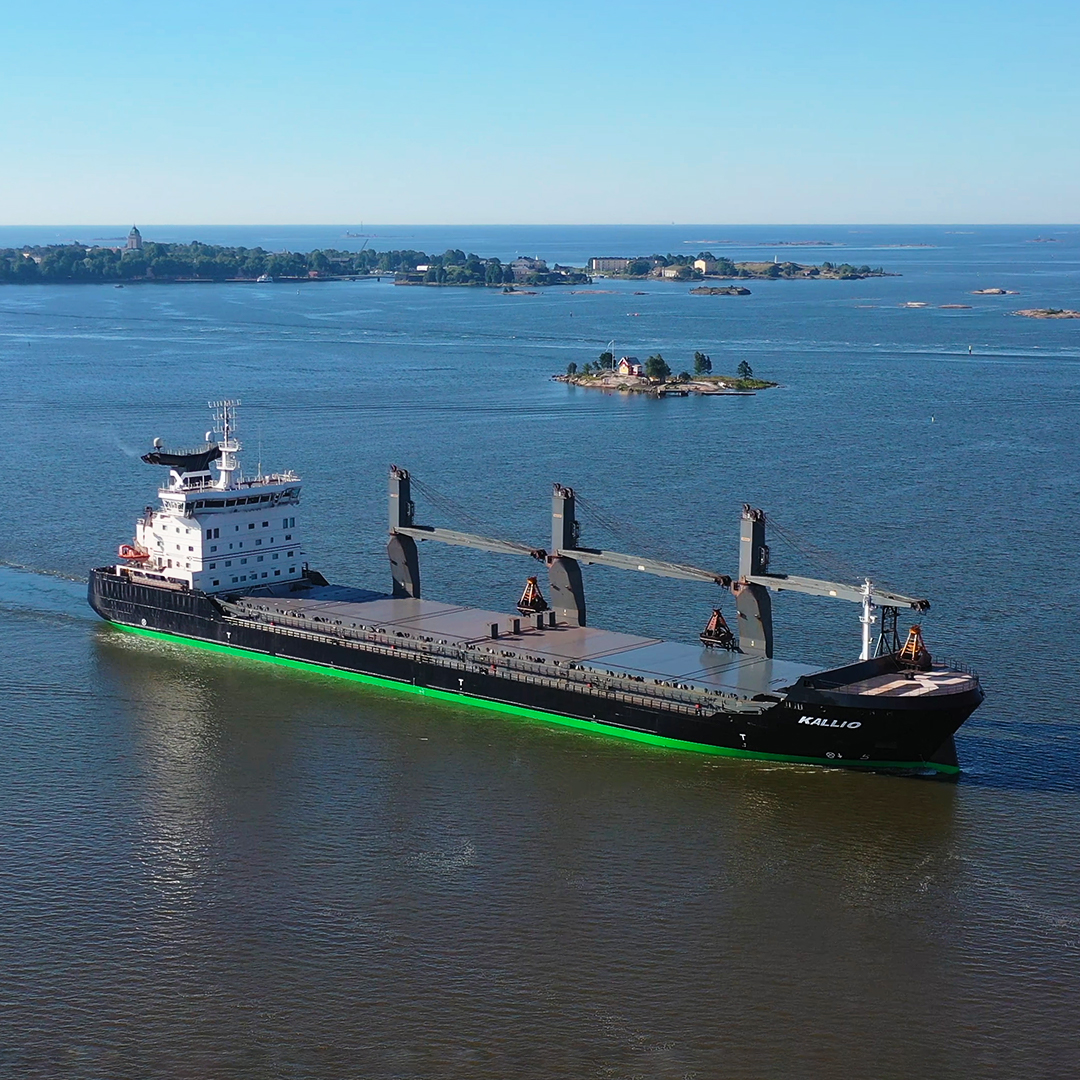
Emissions are reported on EU and international level
Currently, the vessels’ carbon dioxide emissions are reported to two different systems: EU-led MRV and international, IMO-led DCS. The main difference is that MRV takes into account the voyages to and from EU-ports regardless of the vessel’s flag while IMO DCS takes into account all voyages of the vessel. In MRV-reporting, consumption at anchorage and at the port are excluded while IMO DCS takes into account those as well. ESL Shipping is responsible for reporting these figures for our own vessels.
However, emissions of 4,000-6,000 dwt vessels operated by AtoB@C Shipping are not reported to MRV or DCS. In order to achieve a comprehensive picture of the group’s environmental footprint, we have calculated the emissions of these vessels as well and they are included in the figures presented in this report.
It is noteworthy that MRV figures take into account the weight of the cargo, which results in poor figures when lightweight cargoes, which fill up the hold, are carried. These cargoes include for example project cargoes, wood pellets and some steel products such as pipes.
Shipping included into EU Emissions Trading System (ETS)
As from 1.1.2024, ships presently reporting emissions under the EU MRV regulation are required to purchase CO2 emission credits. The system includes all intra EU-voyages and 50% of the emissions for voyages, which arrive or depart from EU ports for vessels over 5,000 GT. It means that at this stage all AtoB@C Shipping's vessels are excluded. However, from 2025 these vessels will be covered by EU MRV and Commission will investigate the possibility to include them to in the EU ETS.
ETS is expected to increase energy cost between 30-100% assuming that the emission allowance price is 50-200 EUR per ton of CO2e.
Our clients have access to extranet, where they are able to see detailed information about all their shipments, emissions and estimate an impact when using renewable fuels instead of conventional fossil fuels. If you are our client and you do not yet have access to extranet, speak to your contact at chartering.
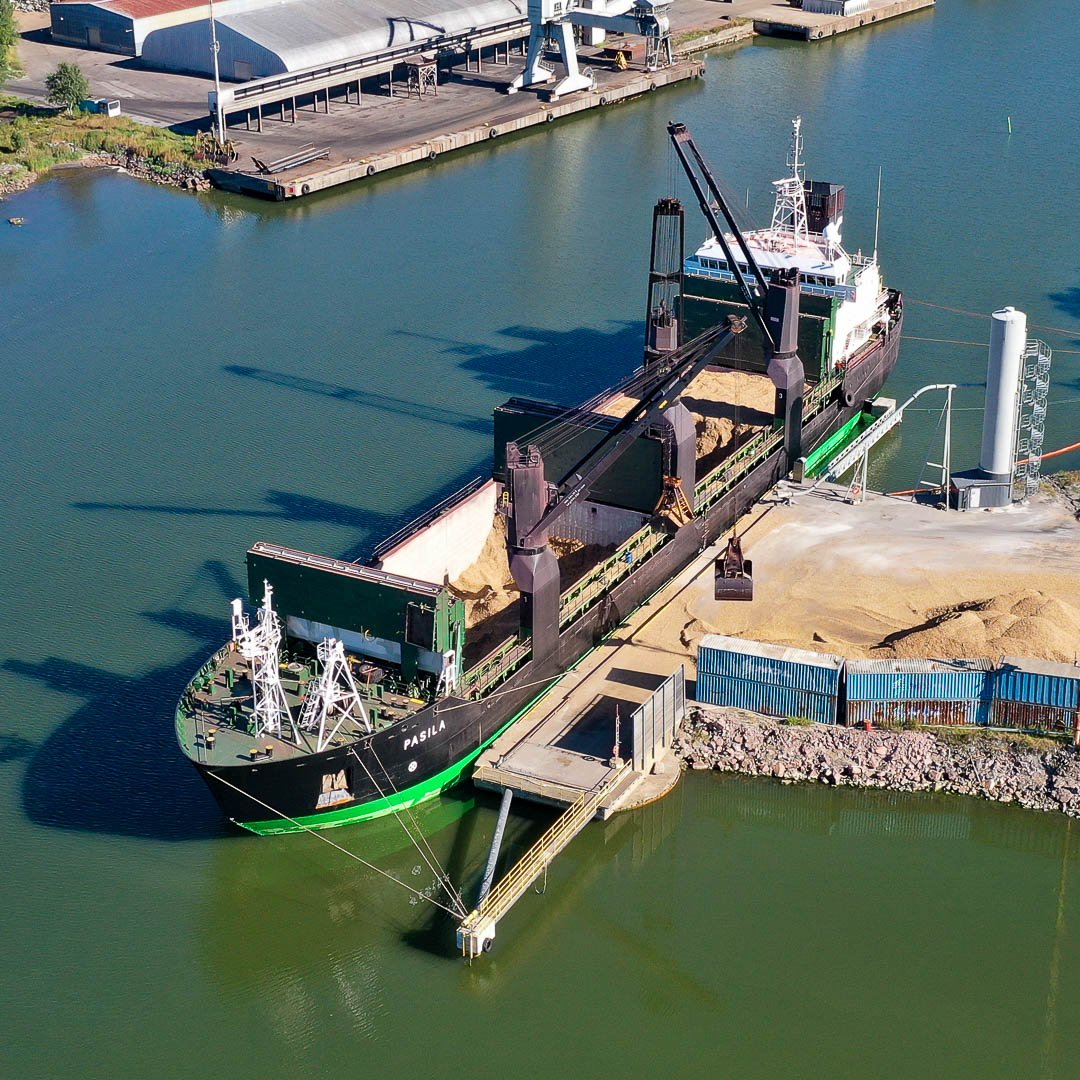
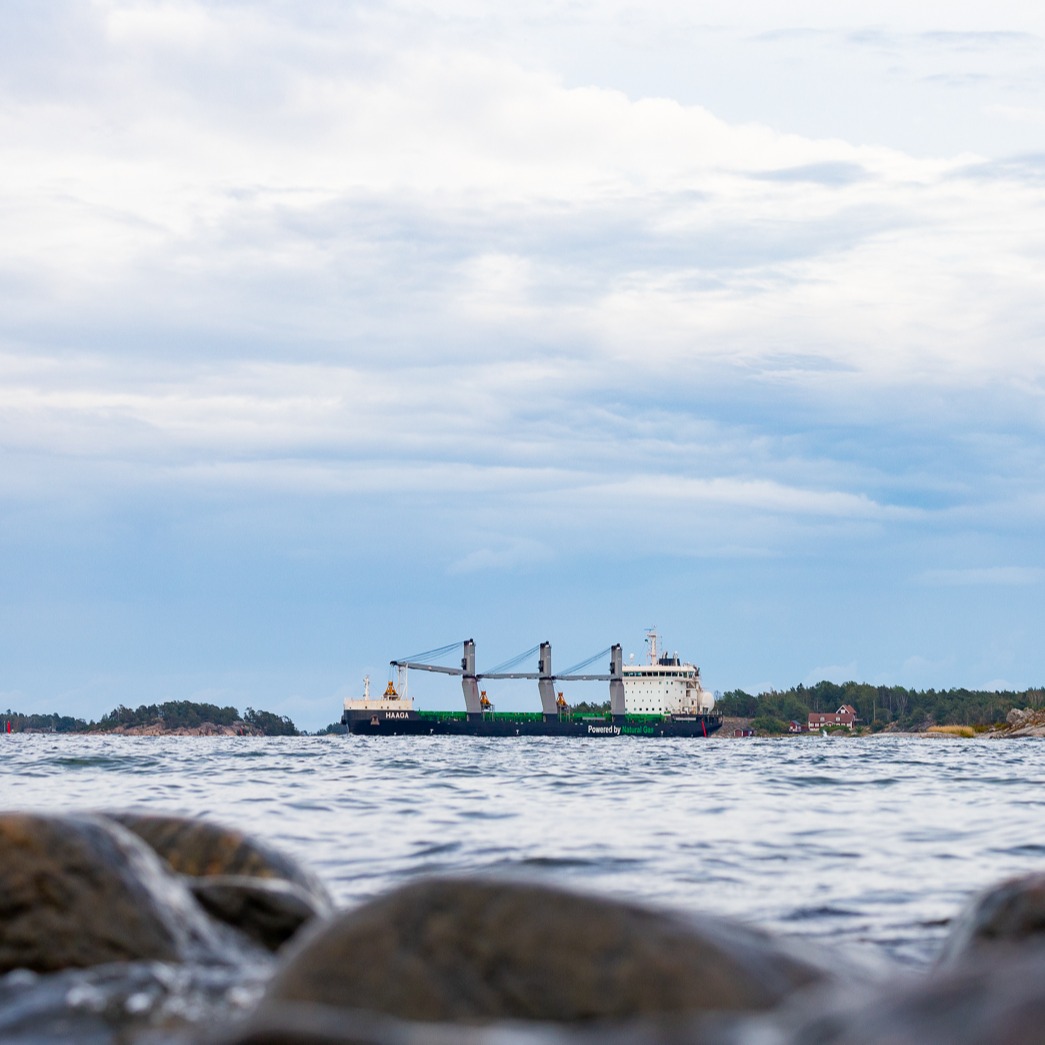
Carbon intensity indicator (CII) (2023-)
CII measures how efficiently a ship transports goods and is given in grams of CO2 emitted per cargo-carrying capacity and nautical mile. Each vessel is given a rating from A to E with all vessels required to reach a C-level. If the rating is lower, the owner is required to present an approved corrective action plan. The rating thresholds will become increasingly stringent towards 2030.
Vessel ratings can be improved by increasing energy efficiency and using low carbon fuels. Currently all our vessels reach a rating of A to C except our supramaxes. For Arkadia and Kumpula we will limit their engine power in order to reach acceptable rating.
CII is based on IMO’s Data Collection System (DCS) data, which means that only vessels over 5,000 GT are included. In practice, this means that the whole European coaster trade including AtoB@C Shipping’s fleet is excluded for the time being.
Energy Efficiency Existing Ship Index (EEXI) (2023-)
From 2023, all vessels with GT over 400 must fall below certain threshold of CO2-emissions per cargo capacity. EEXI is a theoretical value which measures vessels CO2-emissions per transport work based on vessel’s design parameters (size and service speed) and is similar to Energy Efficiency Design Index (EEDI) for new ships.
Calculated EEXI is then compared to the reference line defined by the International Maritime Organization (IMO) and if the value is below the reference line, the vessel is compliant. For vessels that do not meet the standard level, measures to improve fuel efficiency such as engine output restrictions and additional energy-saving devices are required.
Other alternatives to improve vessel’s EEXI include battery technology, waste heat recovery systems, air lubrication of the hull, wind propulsion and fossil-free fuels. See our Sustainability Report 2020 to learn more about different fuel alternatives.
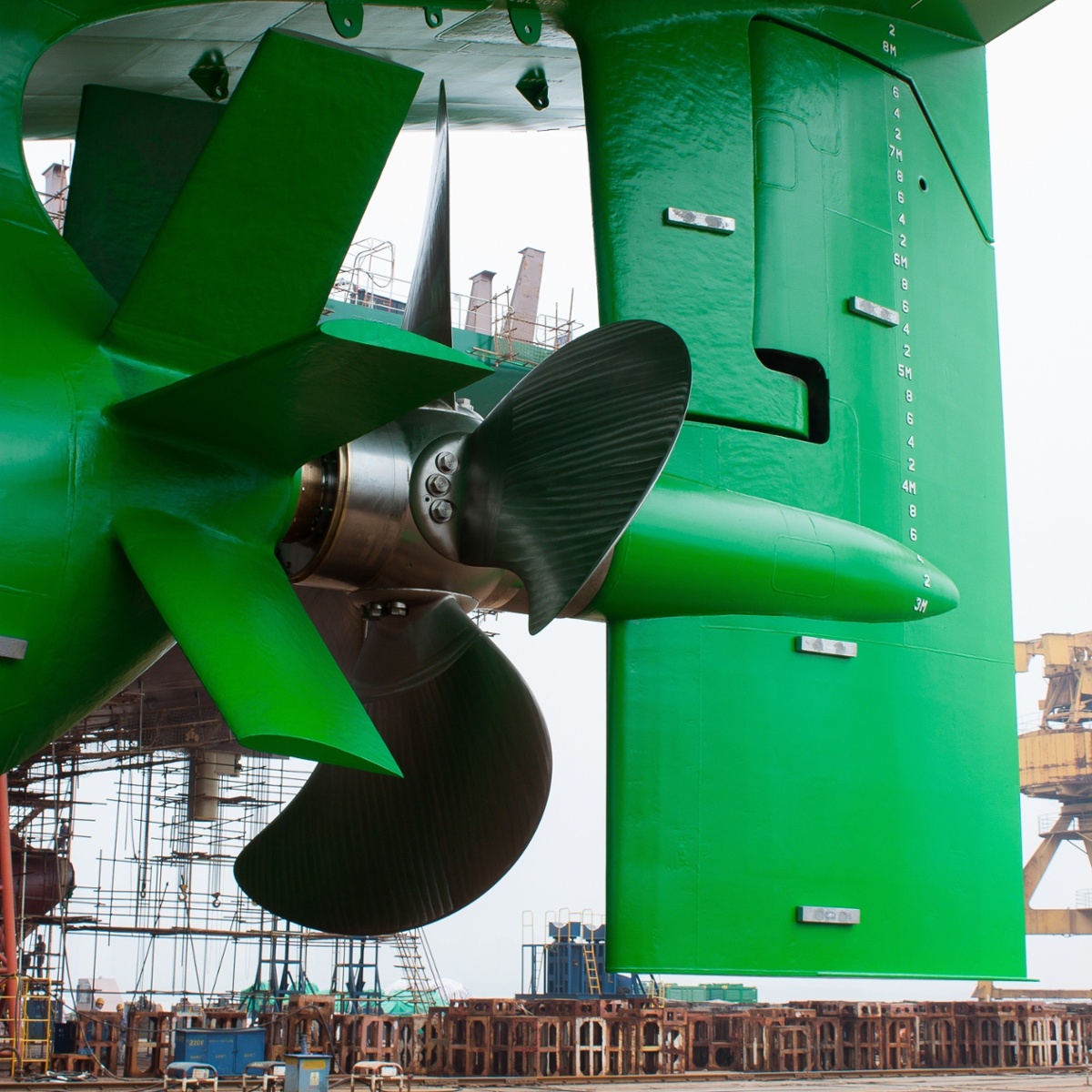
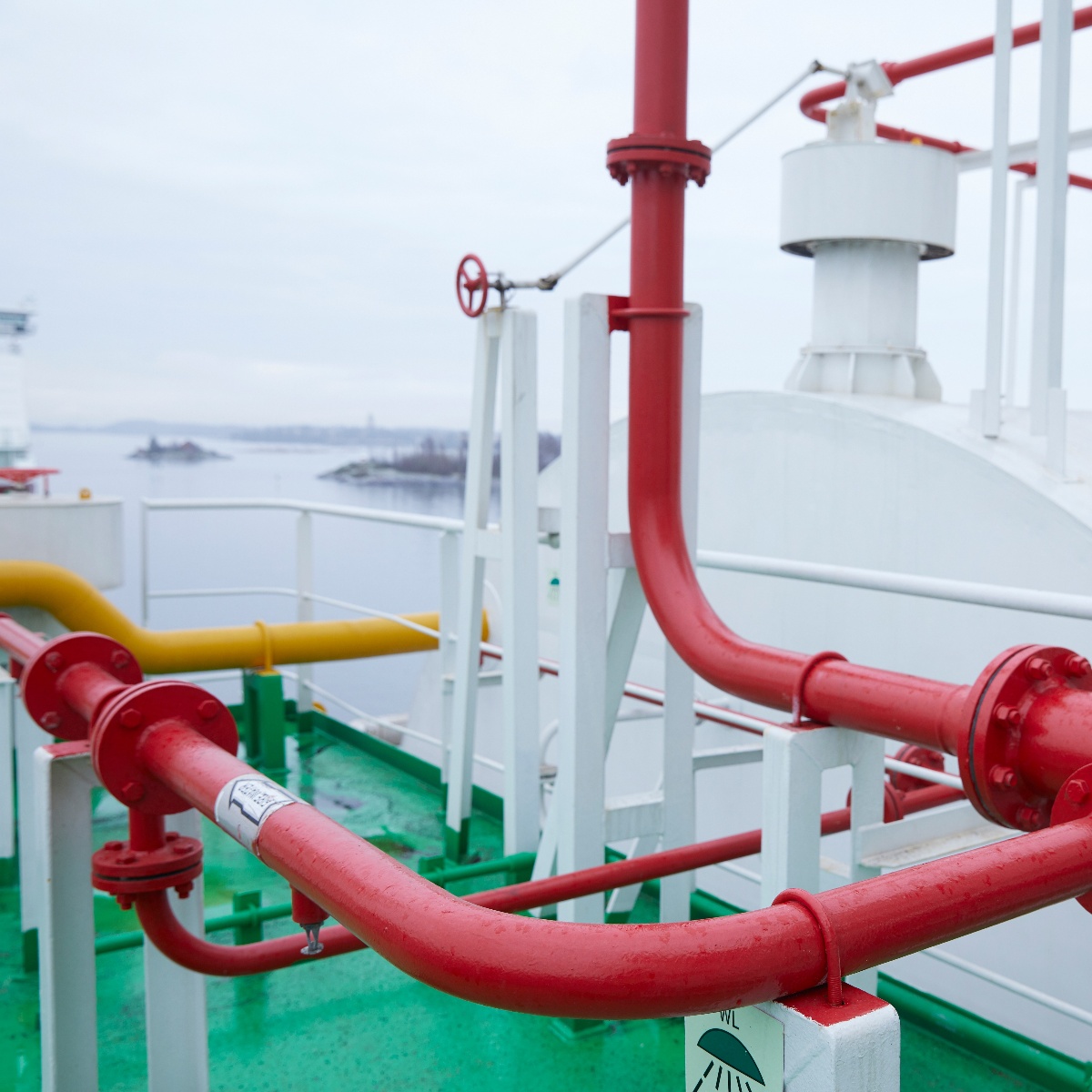
Fuel EU Maritime (2025-)
Fuel EU Maritime will impose life cycle GHG footprint requirements on the energy used onboard. The regulation applies to the same vessels as MRV regulation and takes into account methane and nitrous oxide emissions as well.
Over time this will limit the maximum carbon intensity of marine fuels used in Europe. Successful adaption to the regulation require growing use of renewable diesel, biogas or other low carbon fuels.